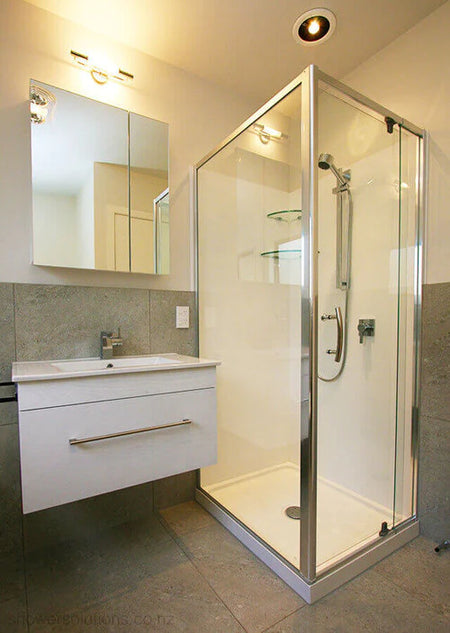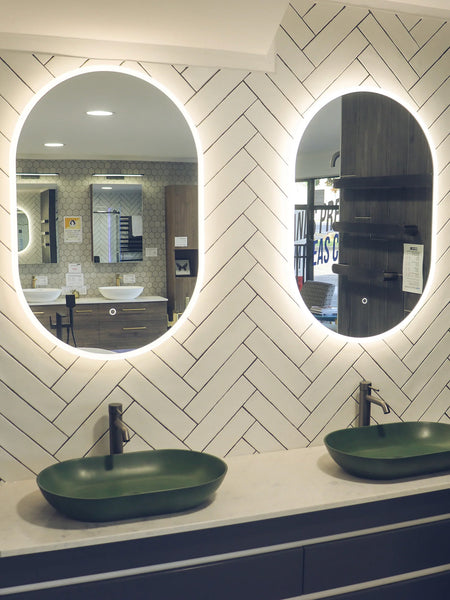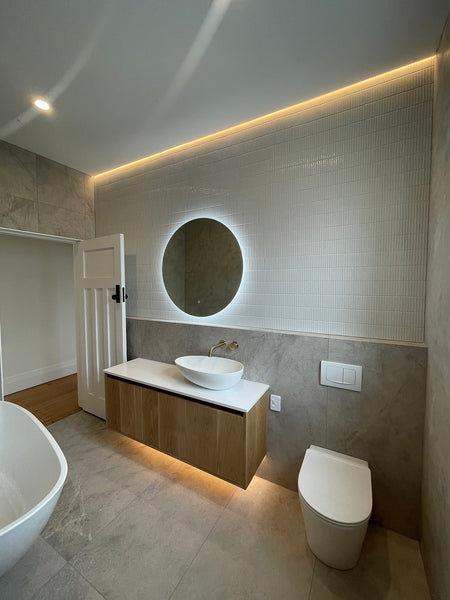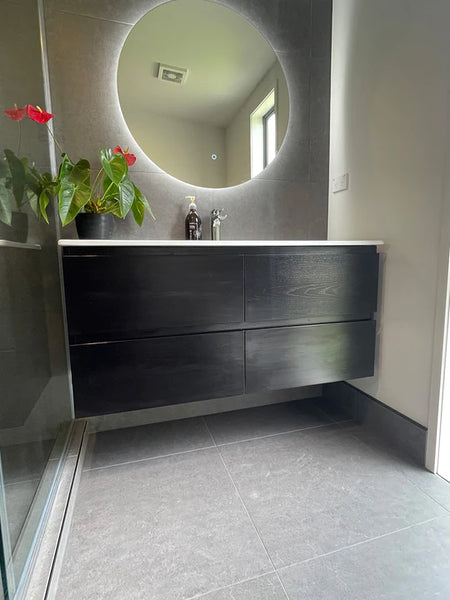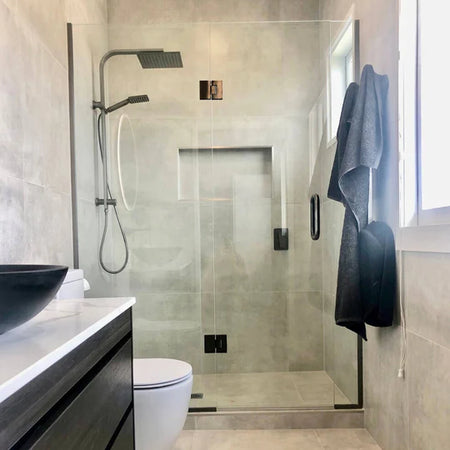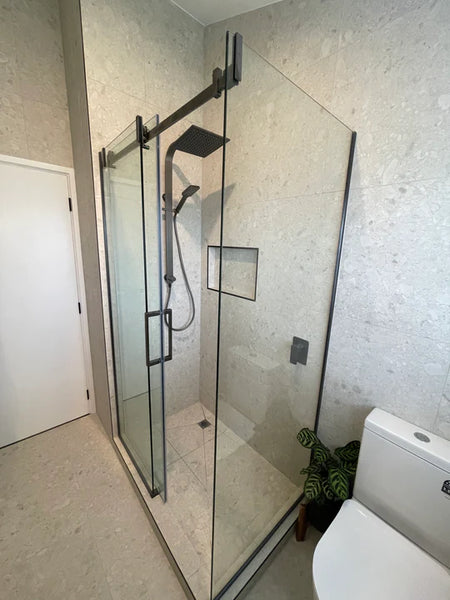Shower Drains: Tips for Proper Drainage and Maintenance
February 14 2024 – Grayson Ford
A well-functioning shower drain is essential for a pleasant and hassle-free bathing experience. Whether you’re renovating your bathroom or dealing with an existing shower, understanding how to maintain and care for your shower drain is crucial. Let’s dive into some helpful tips:
1. How Shower Drains Work
Shower drains serve a simple yet vital purpose: they remove water from your shower or shower/bathtub combo. As water flows down the drain, it creates a vacuum that can sometimes slow the flow. To ensure smooth drainage, shower drains are vented, allowing air to flow freely and preventing any vacuum formation. However, hair and debris from showers can accumulate over time, leading to clogs that hinder water flow.
2. Key Components of the Shower Drainage System
Understanding the different parts of your shower drain system helps you maintain it effectively:
a. Drain Trap
- The U-shaped drain trap allows a small amount of standing water when the drain is inactive.
- This standing water prevents sewer gases from escaping into your bathroom.
- Regularly check and clean the drain trap to prevent clogs.
b. Vent
- When water flows into the drain, it creates a vacuum that affects water flow.
- All shower drains have a vent that connects to the outside, ensuring proper airflow and preventing vacuum formation.
c. Drain Body and Parts
- The drain body sits below the visible drain grate and connects the drain to your plumbing system.
- Common materials for drain bodies include PVC, ABS, or cast iron.
- Regularly inspect the drain body for leaks or damage.
d. Drainage Seal and Shower Base
- The drainage seal surrounds the drain strainer, preventing water leakage.
- The shower base is slightly angled to prevent soapy water from forming a slippery film.
- Keep the drainage seal intact and ensure proper base installation.
3. Installation Considerations
When installing or maintaining your shower drain, keep these factors in mind:
a. Pipe Size
- Ensure the drain body matches the size of your plumbing system.
- Mismatched sizes can lead to leaks and floor damage.
b. Access
- If your drain is on the second floor, plan for easy access.
- Cutting through the ceiling may be necessary for repairs or replacements.
c. Space Constraints
- Plan pipe placement carefully to avoid tight spots.
- Curvy drain systems are more prone to clogs.
d. Weep Holes
- Weep holes allow moisture to dissipate from behind tiles.
- Keep them clear to prevent mold and trapped water.
4. Preventive Maintenance
To keep your shower drain functioning optimally:
a. Install a Hair Catcher
- Prevent hair from entering the drain by using a hair catcher.
- Regularly clean it to avoid clogs.
b. Regular Cleaning
- Treat the drain periodically with a mixture of equal parts vinegar and baking soda.
- Flush all drains simultaneously to prevent buildup.
Remember, a well-maintained shower drain ensures efficient drainage, prevents unpleasant odors, and keeps your bathroom in top shape. Happy showering! 🚿✨

